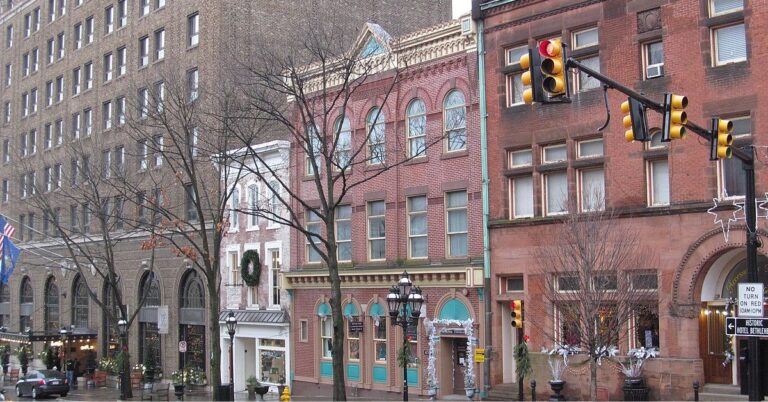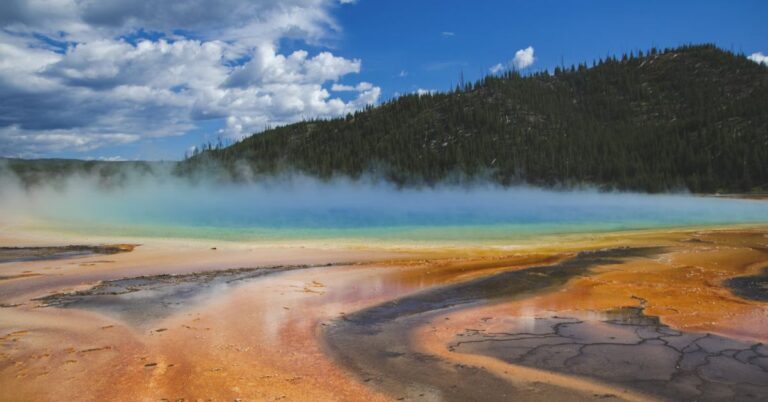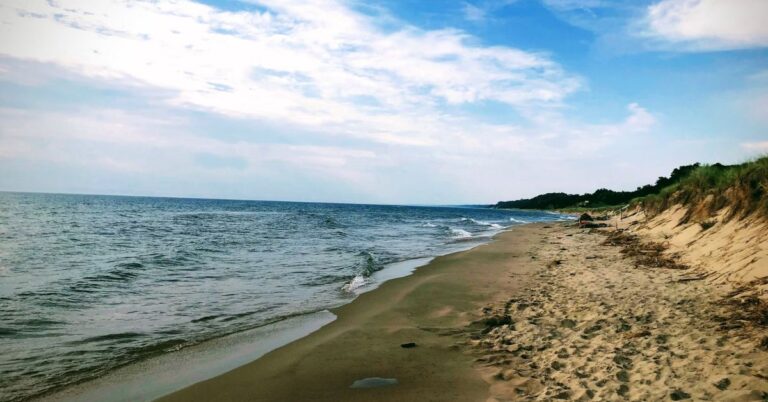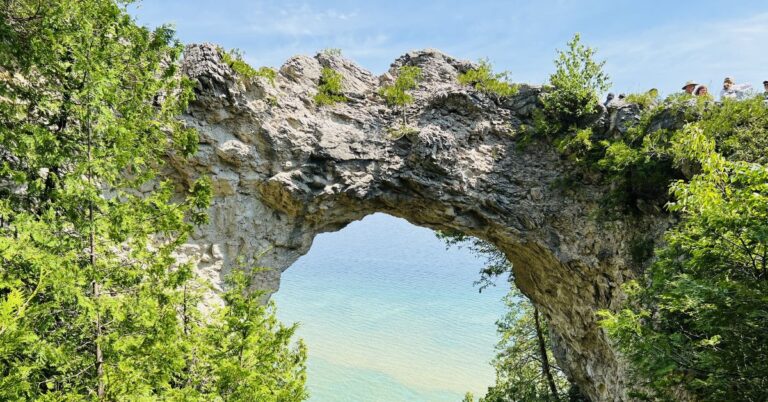25 Ruins Across The U.S. That Time Simply Passed By

You’d think a country obsessed with progress wouldn’t leave so many places behind. But scattered across the U.S. are once-busy towns and theme parks now slowly rotting in the open. These places have simply been forgotten, and time has casually walked away without looking back. Keep reading to find out how much history is hiding in plain sight.
Cahawba, Alabama
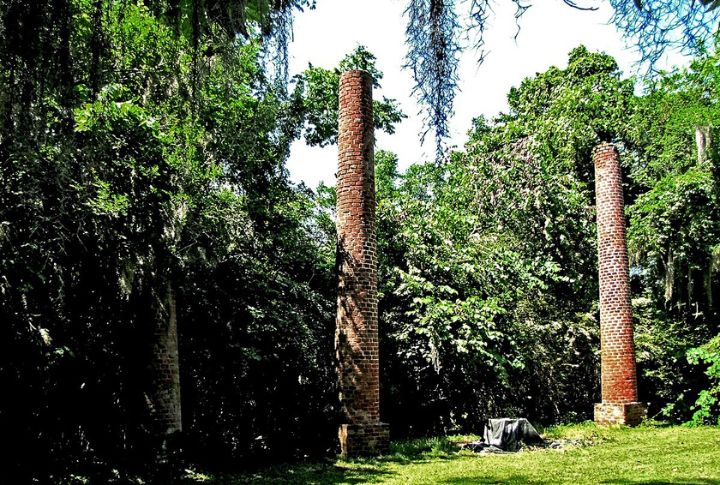
Alabama’s first capital, Cahawba, once brimmed with promise. Then floods arrived, yellow fever swept through, and the railroad skipped town. Now, it’s just trees and the echo of ambition. What remains is a mossy silence where a city’s big plans quietly came undone.
Kennicott, Alaska
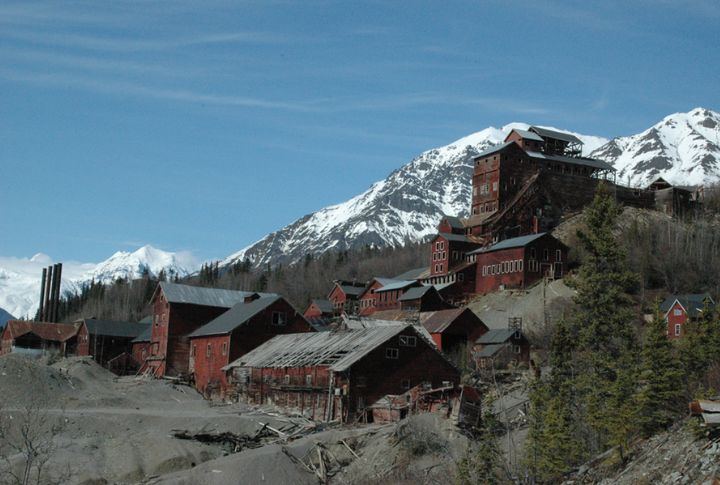
Up in the Alaskan wilderness, a copper mill appears to have lost a battle with the Ice Age. Kennicott once ran nonstop, bleeding red ore and working in harsh conditions. Now, it’s just staircases to nowhere and roofs collapsing slowly.
Vulture City, Arizona
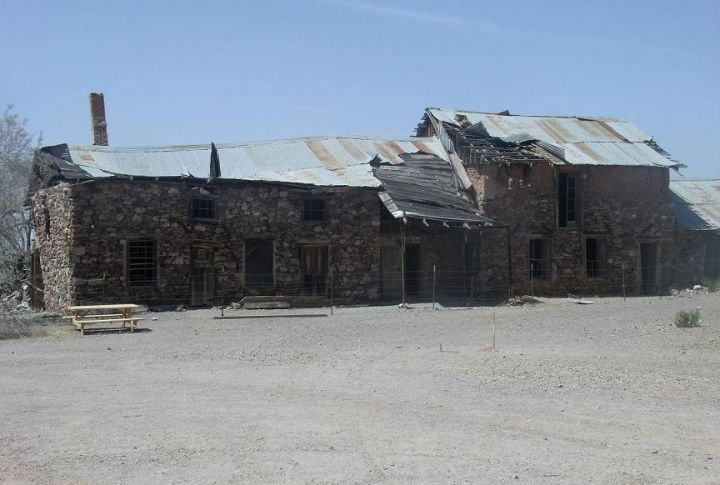
Back in the day, gold fever drew people to Vulture City. But the place broke faster than a bad promise. The jail and saloon are still here, barely. It lounges under the sun, slowly crumbling because nobody bothered to stick around for the credits.
Dogpatch USA, Arkansas
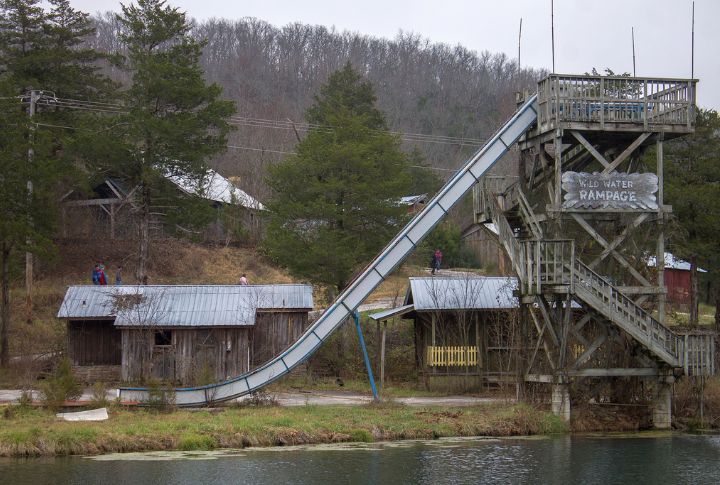
Once, you could ride a log flume past yokel-themed billboards and plastic possums. Today? It’s all peeling paint and cracked fiberglass. Everything there just gave up trying. Dogpatch USA is what happens when a theme park’s fun has stopped and is forgotten.
Murphy Ranch, California
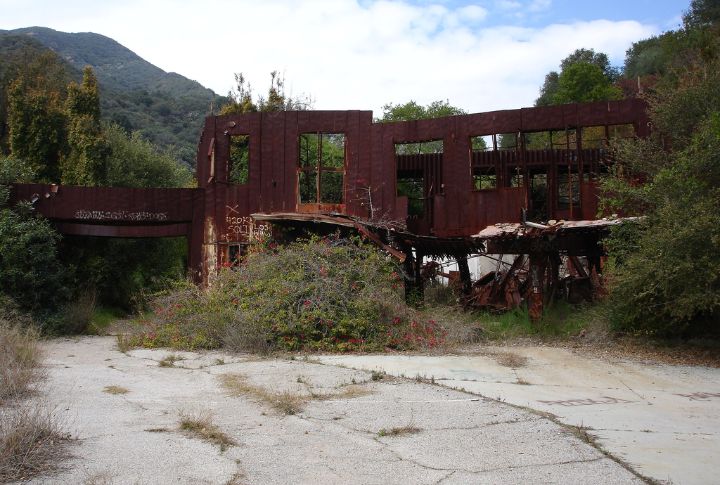
Some Nazi fans thought hiding in L.A.’s hills and prepping for Hitler’s American debut was a solid plan. Spoiler: it wasn’t. The bunkers and rusted remains got ditched and turned into a graffiti jungle. It’s just Cold War cosplay with a lot more pigeons now.
Tarryall, Colorado
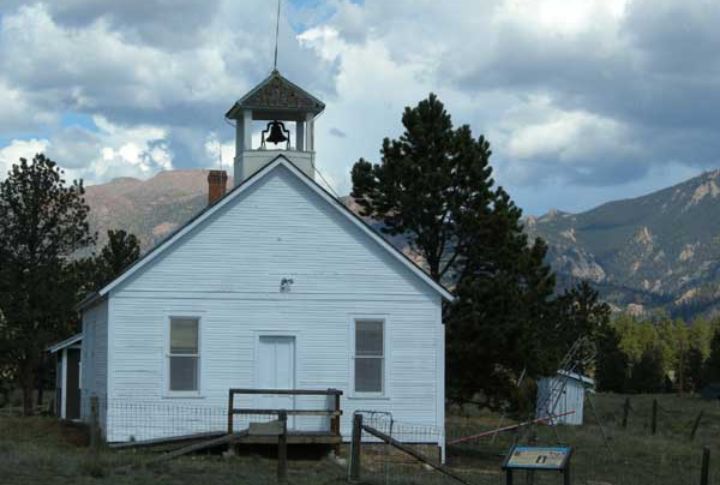
Gold was the bait. The people came. Then, surprise, the gold left first. What’s left of Tarryall now feels like a postcard from a friend who stopped writing halfway through—half-built cabins and that unmistakable air of “wait, what were we doing here again?”
Holy Land USA, Connecticut
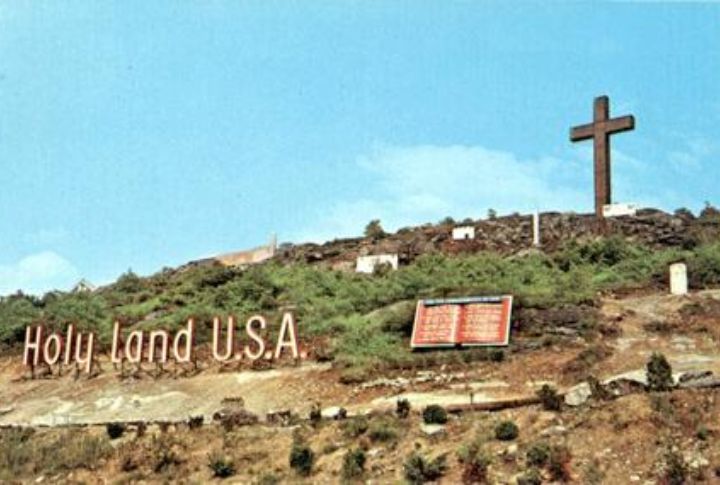
Someone decided to build a Bible-themed park out of concrete, which was a great idea. It worked for a bit until it didn’t. The owner has passed, and now it’s more rundown than it is religious. What’s left is a weird mix of devotion and seriously confused squirrels.
Fort Delaware, Delaware

This place was packed during the Civil War with prisoners. Today, it’s got tourists and a thick coat of mildew. You’ll find echoey halls and enough bird poop built up all around. There’s a strange tension in the air, like the walls remember more than they let on.
Old Sugar Mill, Florida
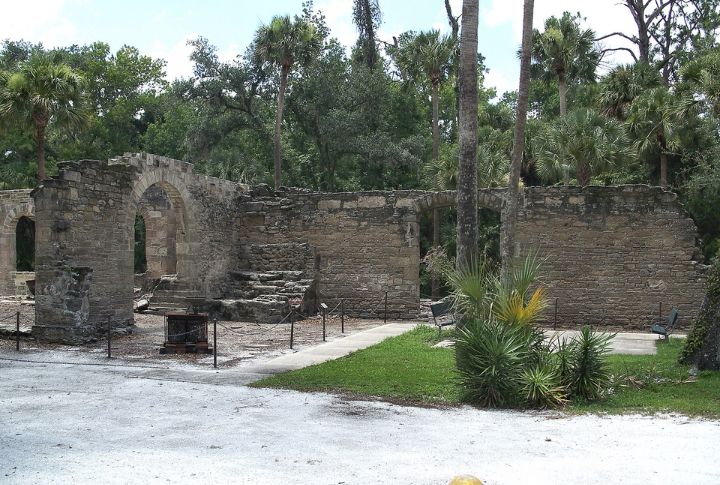
The Coquina stone walls have seen things, mostly failed colonial sugar schemes and a destructive war. Built in the 1830s and wrecked during the Seminole conflict, this place never fully recovered. It’s a colonial ambition with some truly questionable timing.
Scull Shoals, Georgia
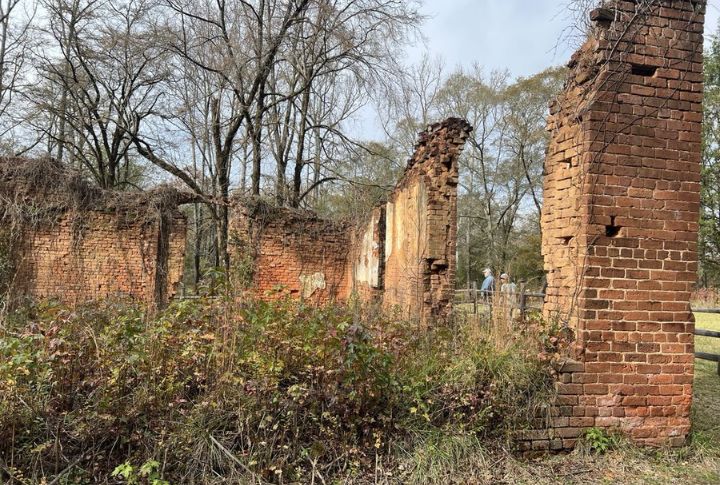
What happens when nature gets tired of being ignored? Scull Shoals found out the hard way. Once a thriving mill town, it was slowly drowned by floods. People left, and moss covered the rest. It continues to fade beneath the Georgia greenery.
National Capitol Columns, Washington, D.C.
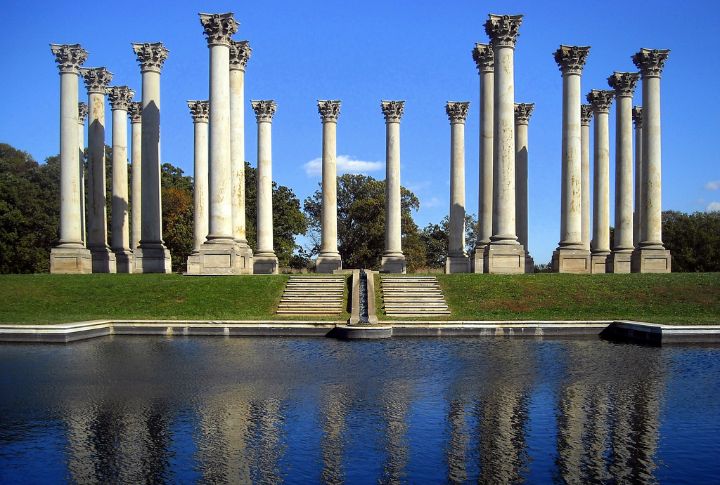
Originally part of the east portico of the U.S. Capitol, these sandstone giants were cast aside during renovations in the 1950s. Today, they stand scattered in the National Arboretum, grand and oddly poetic. They were once political symbols, and now they’re architectural ghosts in a quiet garden.
Bayhorse, Idaho
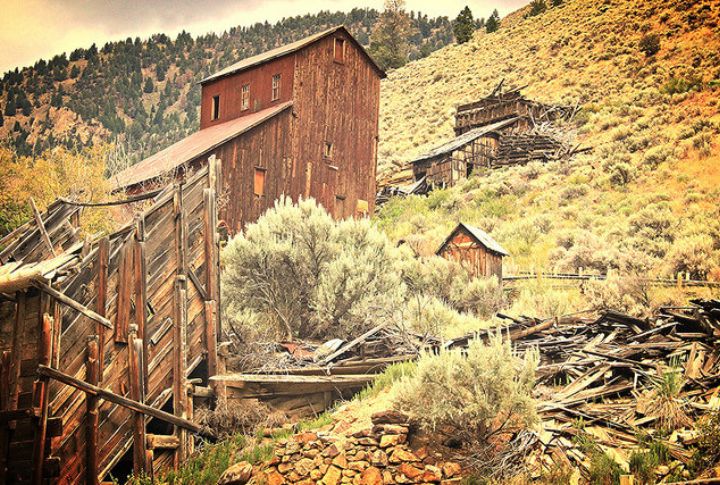
Bayhorse tried to be a silver boomtown. It didn’t stick. The smelters cooled, and now wooden skeletons lean against Idaho’s rocky hills. Walk through, and it’s like someone paused history mid-collapse. The place looks tired but still proud, as if it remembers when it almost mattered.
Joliet Prison, Illinois
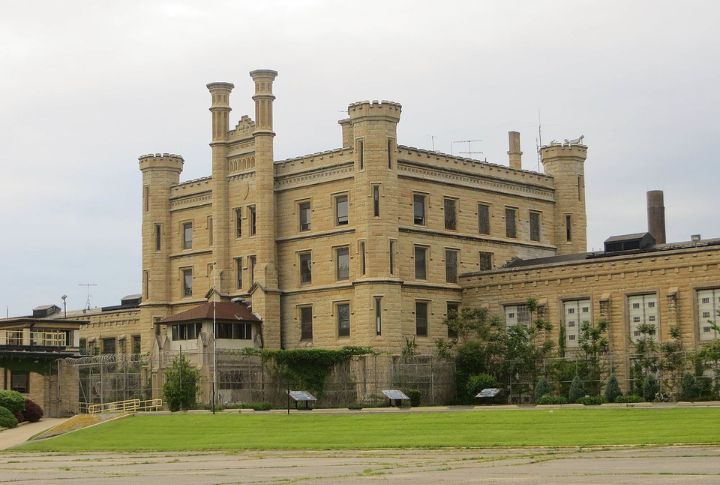
Ever seen The Blues Brothers? This is that prison. Joliet’s empty now, but the eerie silence and rusted cells still echo with stories of confinement and unrest. Rust clings to cell bars, and weeds poke through the cracks. It’s less a correctional facility these days and more a haunted backdrop for your next indie horror shoot.
Rose Island, Indiana

Cracked sidewalks and broken fences mark what’s left of Rose Island. Before the 1937 flood washed it away, it was packed with roller coasters and buzzing dance halls. Now? Just a whisper of joy, drowned in mud and the ghost of a summer well-spent.
St. Deroin, Nebraska

St. Deroin thrived by the river until rising floods and changing routes left it behind. The railroads passed it by. Water slowly swallowed what remained. Eventually, people just stopped coming back. All that remains are fading buildings and the quiet feeling that history quietly stepped away.
Fort Courage, Arizona
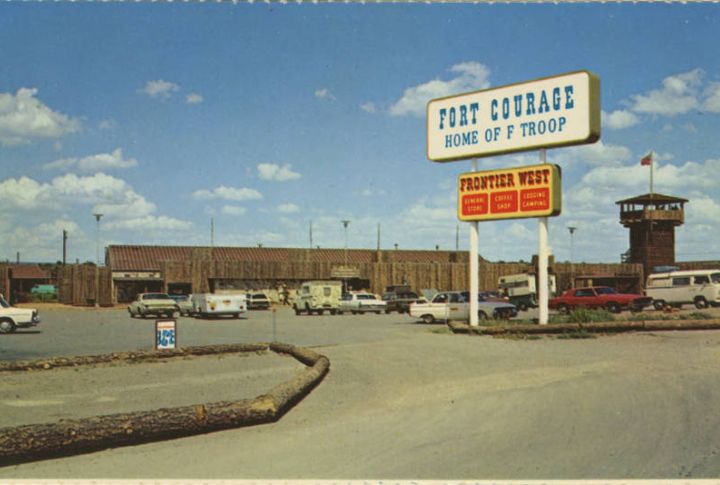
Built as a roadside attraction tied to a ’60s sitcom, Fort Courage was located off I-40 and Old Route 66 in Houck, Arizona. It drew tourists for a time but faded into obscurity. Only faded paint and a swinging souvenir sign survived under the wide desert sky.
Bannerman Castle, New York
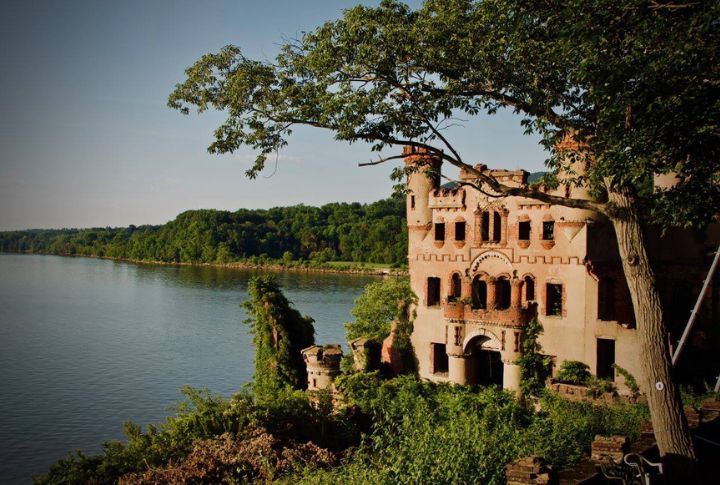
Bannerman Castle may look like a leftover page from a fairytale storybook, but it once stashed weapons like a paranoid hoarder. After a fire and years of letting nature do its thing, it’s crumbling, slowly and dramatically, into the Hudson. Turns out, even castles have a flair for messy exits.
Endor Iron Furnace, North Carolina

Endor Furnace once fueled the Confederacy by roaring with fire and ambition. Now it’s covered in ivy and filled with birdsong. The stonework still holds, but the purpose is long gone. Its story doesn’t shout; it lingers in silence, marked by decay and the slow reclaiming work of time and nature.
Fort Abraham Lincoln, North Dakota
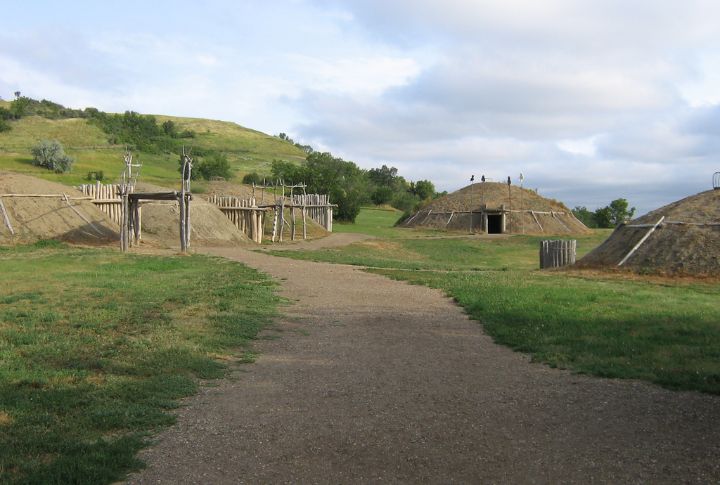
Replicas sit beside crumbling remains by blending memory with decay. The fort has been rebuilt repeatedly, holding tight to its past. Custer began his final campaign from here, but the site didn’t fade with him. History lingered, even if most people failed to notice.
Moonville Tunnel, Ohio
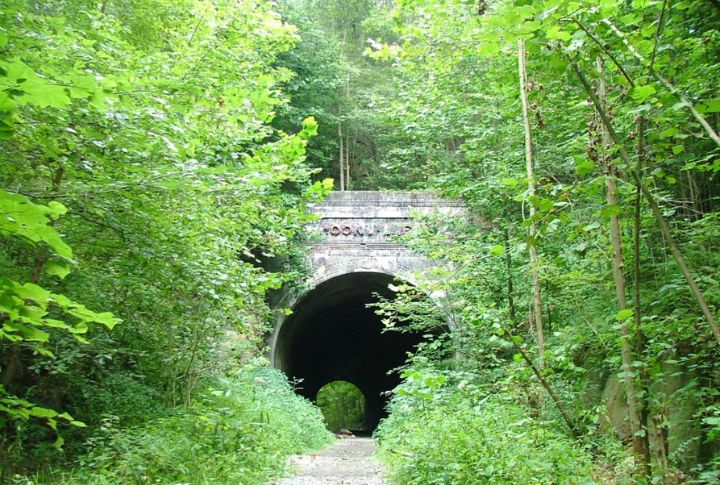
Moonville Tunnel sits in the woods, long abandoned by trains but not by stories. Locals whisper of ghostly lanterns and footsteps echoing in the dark. Whether haunted or not, it’s got that creepy energy. The overgrowth creeps in close like the forest guards what’s left of the past.
Picher, Oklahoma
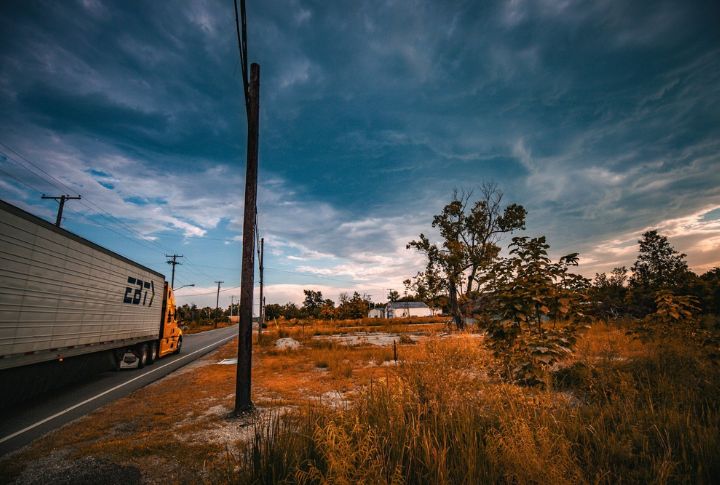
Toxic waste forced people out of Picher, leaving behind sinkholes and layers of hazardous lead dust. What’s left is an eerie shell with “Keep Out” signs and piles of chat. You don’t visit Picher for nostalgia. You visit to understand what an environmental disaster looks like up close.
Shaniko, Oregon
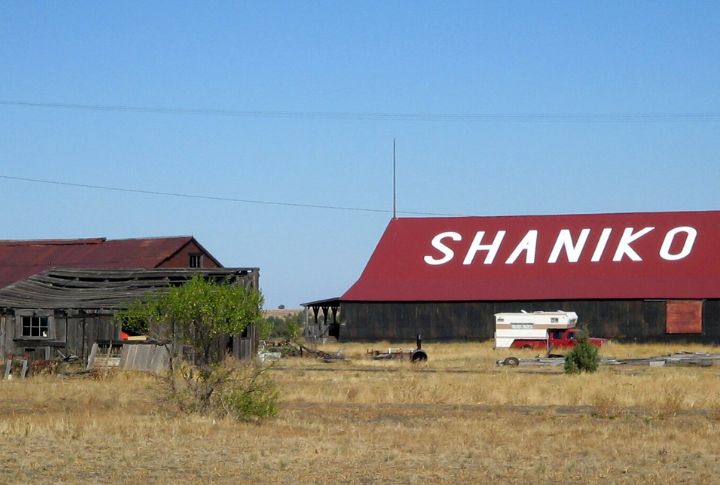
This place once crowned itself the “Wool Capital of the World.” Then the railroad ditched it, and Shaniko drifted into ghost town territory. Today, old storefronts lean in the wind, and tumbleweeds own the streets. It’s quiet and stubbornly refusing to vanish completely.
Concrete City, Pennsylvania
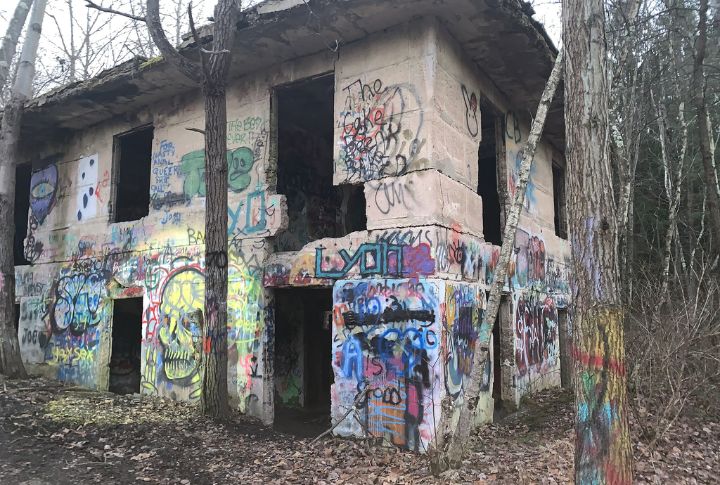
Concrete City was built strong but abandoned quickly when it proved unlivable. Demolition was too expensive, so it sat empty. Now, vines climb the walls, and graffiti fills the silence. It’s a ghost neighborhood no one can quite get rid of, and nature seems happy to help.
Fort Frederica, Georgia

What happens to a town when its purpose quietly slips away? It adapts by slowing down and surrendering to the passage of time. Fort Frederica lost its military role, and people moved on. The ruins outline a once-lived life, calm and untroubled by what it has become.
Old Irontown, Utah
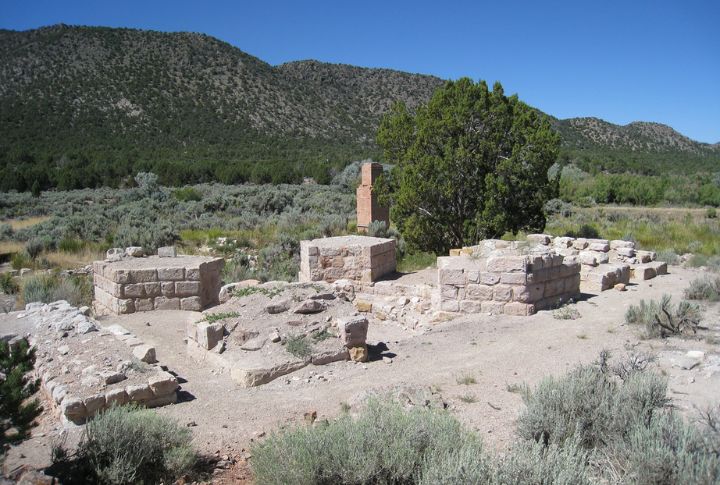
Set in Utah’s red-rock country, Old Irontown tried to kickstart an iron empire. It lasted a few years before collapsing under cost and competition. You’ll still find kiln ruins and the smell of desert air. The ambition’s gone, but the bones heat up in the sun even today.



